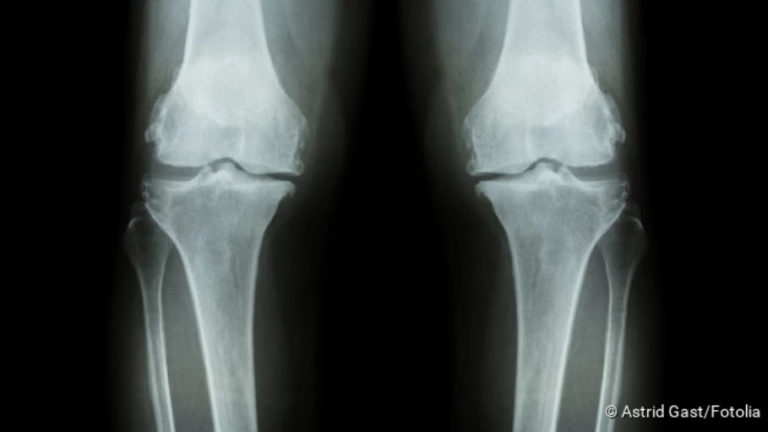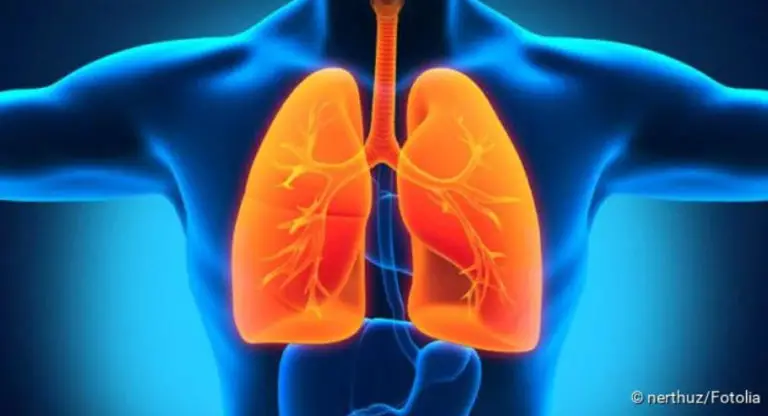Influenza: duration and course
How long does a cold usually last?

There is no universal answer to the question of how long a flu-like infection lasts. Depending on the trigger of the cold and possible additional infections, the duration and course of a cold can vary from person to person. Another decisive factor is whether diseases have existed before (such as a congenital immune deficiency).
A cold is usually caused by rhino or adenoviruses. These are transmitted via small droplets of saliva that are produced when coughing, sneezing or speaking (droplet infection). In addition, these viruses can also survive for a relatively long time on surfaces and the skin and thus be contagious. However, in diseases such as influenza, the transmission route does not influence the duration and course of the disease. From the mucous membranes of the nose and throat the viruses can spread further in the body. The deeper the viruses penetrate, the longer the duration of an infection is usually.
A cold or chill can also be the starting point for an additional bacterial infection. During a cold, the mucous membranes are so weakened that it is much easier for bacteria to enter the body. Doctors then speak of a secondary or superinfection. In such a case, a cold can prolong its duration and course.
More than half of all cases of illness show the following course: Cold and cold symptoms begin with slight discomfort, such as a scratchy throat or a runny nose. Within two days the symptoms increase until they reach their maximum on the second or third day. Afterwards the symptoms slowly subside. A simple cold usually lasts no longer than a week. At least, if you take his condition into account.
Influenza: course with complications
If you do not take sufficient care of yourself during a cold or, for example, continue to exercise, the duration will be extended. Influenza means that there are viruses in the body against which the immune system has to produce antibodies. This is a strain on the body. If you exert your body additionally during this time, the power used for this is missing, simply put, in the defence against the cold. Recovery can take many weeks or even months. Doctors call this a chronic cold.
How long a cold lasts can be influenced to a certain extent by everyone. With sufficient protection, you can reduce the duration and symptoms of flu-like infections.
Influenza: duration with secondary infections
If a flu-like infection results in a secondary infection with bacteria, the duration of the illness can be prolonged. An infection with bacteria leads for example to inflammation of the pharyngeal tonsils, the eyes, the paranasal sinuses or the lungs. Tonsillitis is very common, especially in smaller children. It lasts for about one to two weeks and is mainly characterised by severe sore throat. Adults sometimes get pneumonia in addition to the common cold. Pneumonia is mainly manifested by coughing and respiratory problems. It may last for several weeks.
Very dangerous in the context of a cold is an inflammation of the heart muscle (myocarditis). Heart muscle inflammation may occur when a cold is accompanied by continued exercise. It lasts for about six weeks. It is dangerous because it is often difficult to recognize due to weak symptoms. However, if you continue to exercise with myocarditis, in extreme cases fatal heart failure may result.
Influenza: incubation period
It usually takes a few days from the infection to the outbreak of a disease. Doctors speak of an incubation period. Cold and other viral infections have a relatively short incubation period. After the viruses have entered the body, it usually takes about two to eight days for the first symptoms to appear in the case of a cold.
Incubation period means that no symptoms of the disease appear during this time. It does not mean that people who have been infected cannot pass on the disease during this time. About twelve hours after infection, infectious pathogens may already be present in the excretions (for example saliva).
In general, the following applies to colds and flu-like infections: the duration and course are usually short and have only a moderate impact on those affected. In most cases the cold is over within a week. You can also influence the duration and course of the disease to a certain extent by taking it easy and avoiding further risk of infection.





